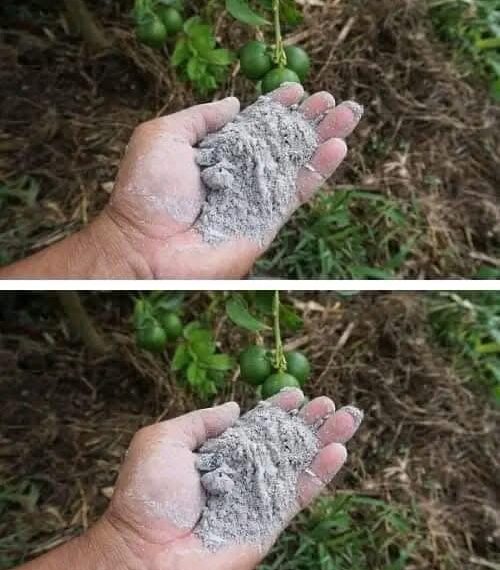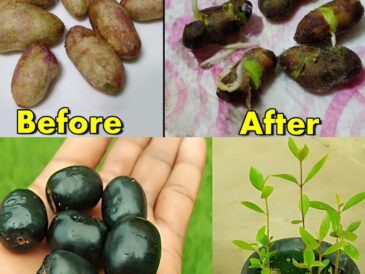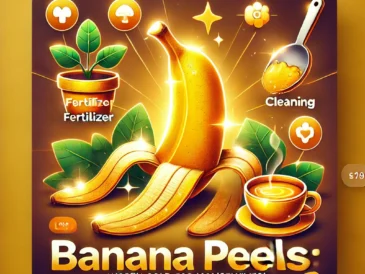Phosphorus-Based Fertilizers
Purpose: Encourages root development, flowering, and fruit production.
Examples:
Bone meal: Organic phosphorus source with slow-release benefits. Rock phosphate: Natural, slow-releasing phosphorus. Triple superphosphate (TSP): Highly concentrated phosphorus fertilizer.
Application: Apply when planting seeds or transplanting to help roots establish.
Potassium-Based Fertilizers
Purpose: Improves disease resistance, water retention, and overall plant health.
Examples:
Potash (Muriate of Potash, 0-0-60): A highly soluble potassium source. Sulphate of Potash (0-0-50): Supplies potassium with sulfur. Wood ash: An organic source of potassium (also raises soil pH).
Application: Use during flowering and fruiting stages for crops like tomatoes and potatoes.
Secondary Nutrients
Plants also need calcium (Ca), magnesium (Mg), and sulfur (S) for healthy growth. Calcium: Found in gypsum and dolomite lime, strengthens plant cell walls. Magnesium: Found in Epsom salts and dolomite lime, essential for chlorophyll production. Sulfur: Found in elemental sulfur and ammonium sulfate, helps with protein synthesis.
Micronutrient Fertilizers
Micronutrients (zinc, boron, iron, manganese, etc.) are needed in small quantities but are crucial for plant health. Chelated iron: Corrects iron deficiency (yellowing leaves). Zinc sulfate: Addresses zinc deficiency. Borax: Provides boron for healthy flowers and fruits.
Types of Powdered Fertilizers
- Water-Soluble Fertilizers:
Dissolve in water for immediate absorption by plants. Common for foliar feeding or drip irrigation.
Example: Miracle-Gro.
- Slow-Release Fertilizers:
Gradually break down and release nutrients over time. Ideal for long-term soil improvement.
Example: Organic bone meal or rock phosphate.
- Custom Blends:
Farmers and gardeners can mix powders to create a specific N-P-K ratio for their crops.
How to Use Powdered Fertilizers
- Soil Application:
Incorporate into the soil before planting for even distribution.
- Top Dressing:
Apply around established plants to replenish nutrients.
- Dissolving in Water:
Create a liquid fertilizer for faster uptake.
- Foliar Feeding:
Spray a diluted solution directly on leaves for quick absorption.
Advantages of Powdered Fertilizers
Easy to measure and mix. Affordable and widely available. Can be tailored to specific crops and soil needs. Offer flexibility for both immediate and long-term feeding.
Precautions
Overapplication can lead to nutrient burn or environmental issues like water pollution. Always test your soil before applying fertilizers to avoid excess nutrients. Follow the recommended application rates to ensure safety and effectiveness.




